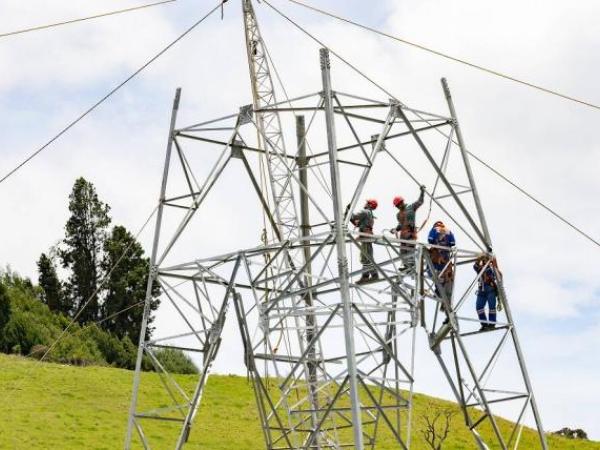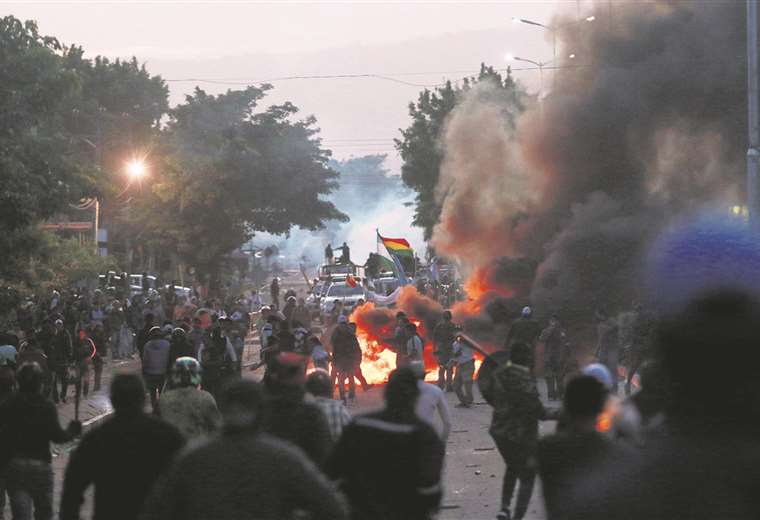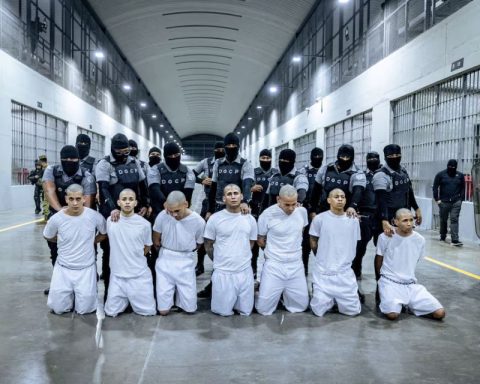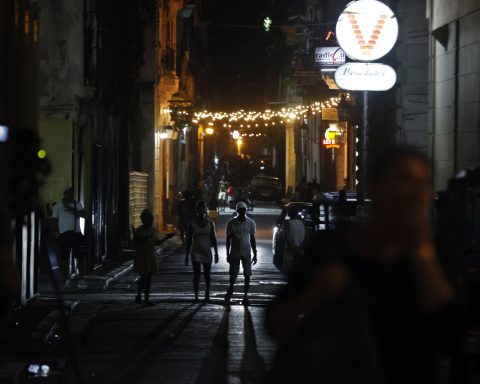The Energy Mining Planning Unit (Upme) presented six electricity transmission projects for public consultation, including transmission lines, as well as substation expansions. Among the lines that it recommends to be executed is The Collector 2, a work that proposes within its specifications that it be direct current, not alternating, as these works have normally been done in the country.
(See: Energy price fell 2.6% between September and November).
These six projects presented by the Unit are part of the Transmission Expansion Plan and would increase the reliability of the system.
The cost of 5 of these works amounts to US$30.2 million or $165,958 million, according to the projections of the Upme.
However, the most ambitious project that appears in this plan is the GCM (Guajira – Cesar – Magdalena) whose execution is planned to be both alternating and direct current. According to what was indicated by Upme, The recommendation for this case is that it be direct current (HVDC) that starts in La Guajira and whose date of entry into operation is from 2028 to 2032.
One of the great benefits that the expert entity sees in this line is that they could incorporate about 3,000 megawatts (MW) into the electrical system, especially that produced by means of wind farms. In this way it also contributesto the reduction of the marginal cost of energy, increasing energy reliability and avoiding the emission of greenhouse gases”.
(See: The ‘dirty’ side of the green ideal).
Upme proposes three development alternatives for this line, the cost of which would range between US$1,804 and US$3,486 million.
Added to this mega work are five others estimated by the Unit. The first one is Córdoba Sucre – Second Circuit Cerromatoso – Sahagún – Chinú 500 kilovolts (kV), whose cost is estimated at $37,651 million.
One of the arguments for carrying out this project is that the Sahagún substation, after being awarded in 2019, has received interest for connections for close to 2,200 megawatts, the majority of projects from renewable sources such as solar and wind, as well as two 400-megawatt thermal projects. that were assigned for 2022 and another to enter in 2027.
The plan that the entity has is that this work is entering the system in December 2025 and it would also play a fundamental role in reliability, according to the Upme scenarios.
The third project being analyzed is Córdoba Sucre – Chinú 220 kV Substation Central Court, which takes into account the expansion of the generation system given the commitments acquired in the reliability charge auctions as well as long-term contracting, as well as the entrance of the first phase of Hidroituango.
It is one of the first works that would enter, since the entity projects that it will be put into operation in June 2023. “The development allows the correct connection of the 99.9 megawatts of generation for the date on which it is scheduled ”, says the Plan.
(See: Bancolombia finances Enel to bring energy to more rural areas).
The fourth work is Suroccidental – San Marcos 500 kV Substation, with the development of which the voltage profile of the region would be improved. Its entry into operation would take place in December 2024 and the estimated cost is $37,648 million.
Another of the works in public consultation is the – Third Transformer Bolívar 500/220 kV. This is also justified in part by the great generation potential with non-conventional renewable technologies. So far, the allocation of current projects of 1,721 megawatts and with the proposed work “the allocation of capacity to generation projects in the Bolívar sub-area is enabled.”
Upme’s goal is for it to start operating in December 2025 and have a cost of $45,587 million.
The last of the works that appears in the plan is the installation of the second transformer in the La Virginia 500/230 kV substation. Like that of San Marcos, his income is calculated in December 2024.
Without this work, the only La Virginia transformer could be overloaded, while with its operation it could be controlled without having to dispatch additional generation beyond merit. Its cost would amount to $43,396 million.
It should be remembered that these works are still in consultation and once their procedures are completed they could go out to tender, since some of these would enter in 2023 and 2024, that is, they would be between one and two years old.
(See: EPM declares Hidroituango units 1 and 2 in commercial operation).
Juan Jacobo Rodríguez, Director of Transmission Planning for Grupo Energía Bogotá, stated in the framework of the ‘Colombia Wind Power’, that transmission projects, especially long lines (more than 30 kilometers), they take about twice the stipulated time, especially for issues related to prior consultations with communities.
Electric transmission projects in Colombia.
Investment in renewable energy
Colombia is one of the five most attractive developing nations to invest in renewable energy, completed the latest study BloombergNEF Global Climatescope Ranking.
(See: Green investments, a profitable alternative with benefits).
Now The country is the fourth in the world, advancing 9 positions compared to the 2021 result of the count. In 2021, Colombia reached a peak of resources during which it was US$952 million and represented 5% of the region’s capital. Only Brazil had 57% of the investment.
DANIELA MORALES SOLER
Journalist Portfolio

















